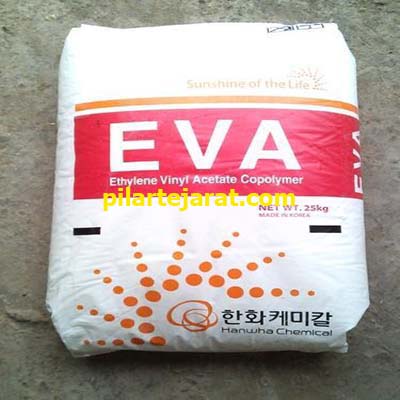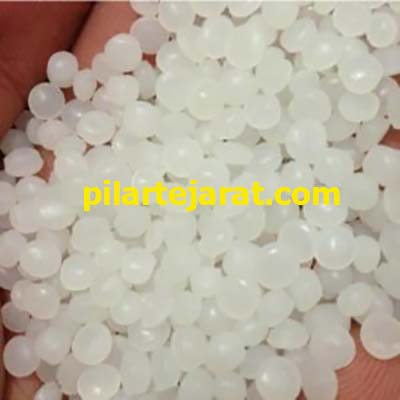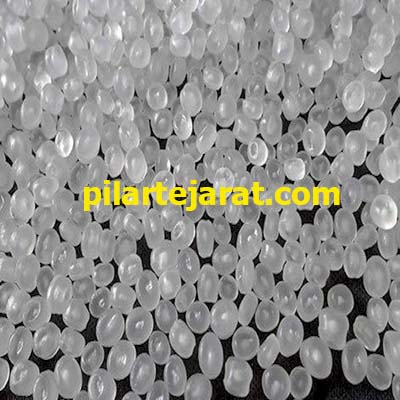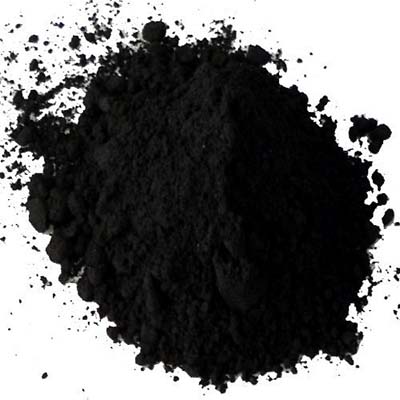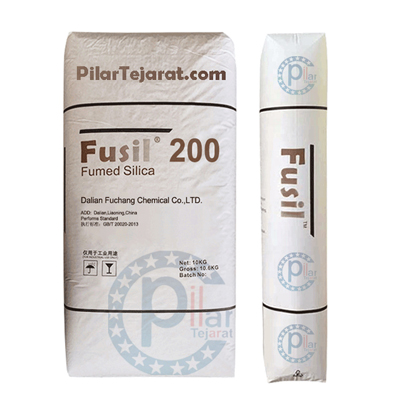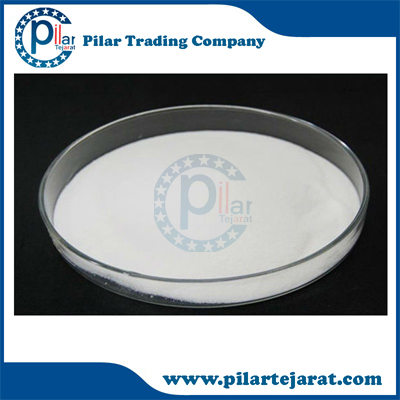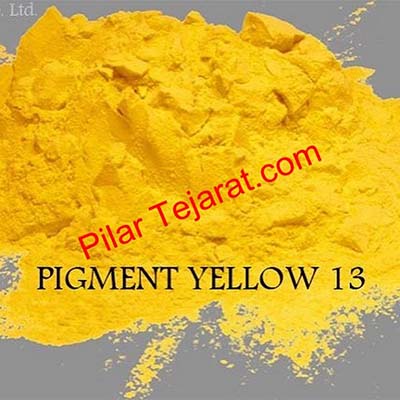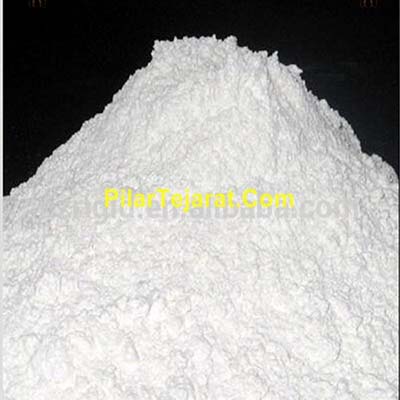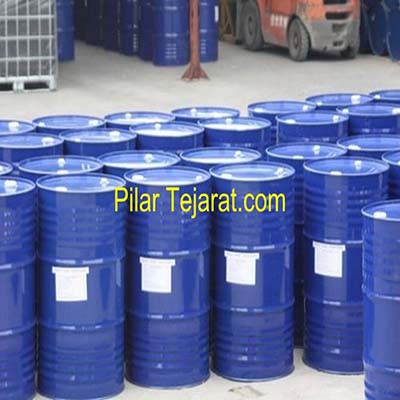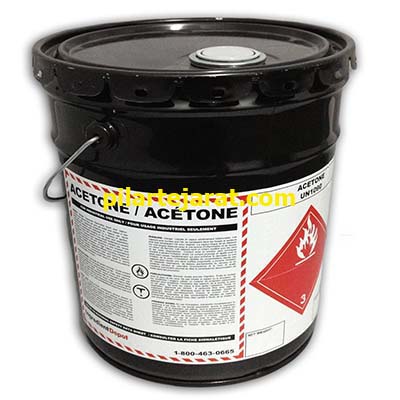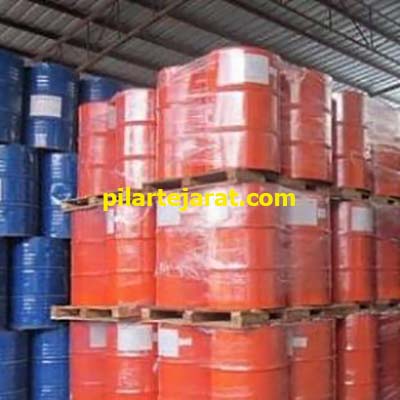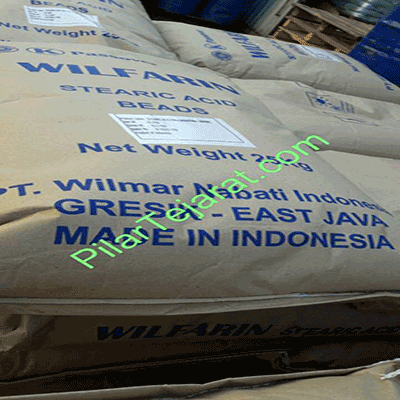Polypropylene is one of the most versatile and widely used plastics in the world and a thermoplastic and crystalline polymer. This material is usually obtained from propylene polymerization at relatively mild temperature and pressure conditions and in the presence of the well-known Ziegler-Nata catalyst or metallocene catalysis.
How to produce polypropylene ?
To produce these materials, the crude oil is first distilled and the naphtha cut is separated. The naphtha is then subjected to the cracking process. This process converts naphtha to various olefins, including propylene. The propylene is then converted to polypropylene.
Polypropylene configuration
It has three different isotactic, syndiotactic and autactic spatial configurations. In isotactics, the structure of methyl groups on one side of the main chain, in syndiotactics, methyl groups as one in the middle at the top and bottom of the main chain, and in the optics there is no specific order, and methyl is randomly located on both sides of the main chain.
Properties and properties of polypropylene
It is an odorless, non-toxic, water-insoluble material with low density, high transparency, good abrasion resistance against environmental pressures, high tensile and tensile strength, high resistance to acids, bases and solvents, and Also, good mechanical strength, good molding properties, tendency to oxidize in the open air, sensitivity and damage to ultraviolet radiation.
Polypropylene application
Polypropylene according to consumption pattern in six injection categories (in the production of electronics, sterile medical devices, automotive industry, cap and cap), fibers (in the textile industry as fibers and yarn in the rope, curtain fabrics, fabrics Inside the car), inflatable (in the production of tanks, cans and bottles), film and sheet (in graphics and printing films and packaging sheets), pipe (in the production of hot water pipes and water and sewage pipes), veneer And a protector (wire and cable cover) is used.










